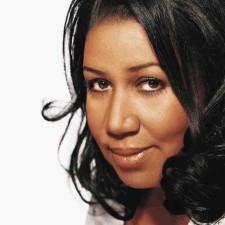As I tune my studying playlist to the placid yet boldly constructive sounds of Western Folk music, ranging as far back to the 1950s and as distant as the cool coasts of Ireland, I engage in my own discourse concerning this genre of music, what it means to me and the thoughts of others on this topic. Though the art form is based in rural styles of instrumentation and intonation that tell stories or folklores, folk music is generally associated with White youths from cities and suburbs seeking peaceful revolution. We see the greatest following of such music in the 1960s and1970s, primarily with American folk legends Bob Dylan, James Taylor, Cat Stevens, Carole King, and Harry Chapin. Their voices were that of reason in a very turbulent America; whether it was civil rights, war, domestic issues, or addiction, these pioneers fused country, rock, and blues to form an honest expression of man, his vices as well as his weaknesses.
James Taylor – Fire and Rain
Harry Chapin – Cats In the Cradle
Today, modern folk styles have clearly overlapped with pop, country, and soul genres. Irish artists, Damien Rice and Lisa Hannigan as well as American country trio, Dixie Chicks have made clear Folk investments into their craft, while maintaining contemporary appeals. Nonetheless, artists like James Taylor and Bob Dylan remain exceedingly popular, crossing generational gaps with an ever-growing fan base. Mass culture has used the inspiring sounds of such legends to create a unified sense of consumerism, through commercials and still ads.
Dixie Chicks – Travelin’ Soldier
Damien Rice and Lisa Hannigan – Volcano
But what about other artists who sang with the sinuous undertones of pain and the delicate kisses of joy? Within the unturned sides of sweet music is a tradition of exclusion and elitism. Grammy award winning singer/songwriter/musician, Tracy Chapman has been known by an underground market as a dreadlocked folk artist known for her graceful strumming, Bluesy tones, and pertinent lyrics. Her songs feature romance, politics, grief and a multitude of other expressions that illustrate the human experience without words, just sounds. These sounds were harmonic chants, narrative baselines, and stories free from social demarcation. Despite the undeniable talent, musicianship and dedication, she is often relegated to the misconstrued underworld of the alternative/other category. Even though she has been active for over 20 years, she has yet to fall among the ranks of other geniuses of her genre.
Though her artistic success and personal integrity has gone unrecognized, this Black female has persisted in her musical pursuits despite the definitions of femininity and Blackness. Her music is not restrained by racial or feminine themes, making her a more transcendent artist. However, has the industry defined Black artists as excessively sexual or overly bitter? Whatever the case maybe, it is apparent that artists of color have been given a sole function; thankfully this songstress has made it even clearer that she will perfect her craft in spite of the critics and the throng of skeptics that tell her otherwise.
Tracy Chapman – Fast Car
To learn more about the history of folk music in America check out NPR music feature, America’s Folk Music Anthology.
Oluwatosin Bosede
Tags: Bob Dylan, Carole King, Cat Stevens, Damien Rice, Dixie Chicks, Folk, Harry Chapin, James Taylor, Lisa Hannigan, Tracy Chapman



 Share On Facebook
Share On Facebook Tweet It
Tweet It




